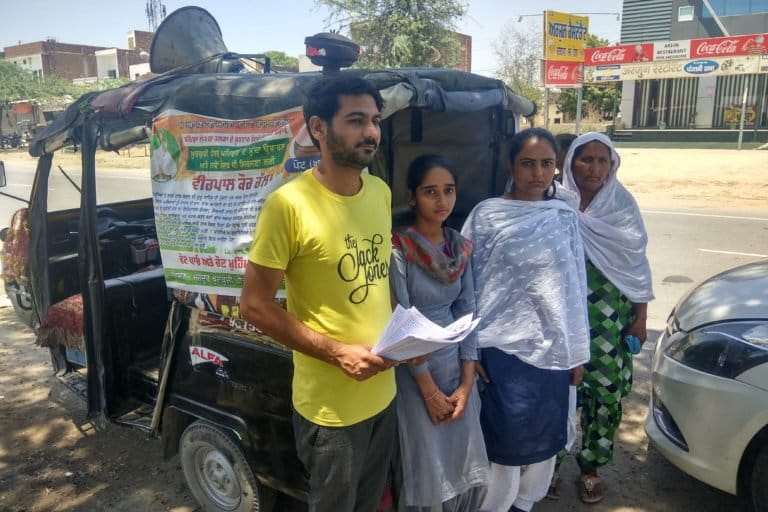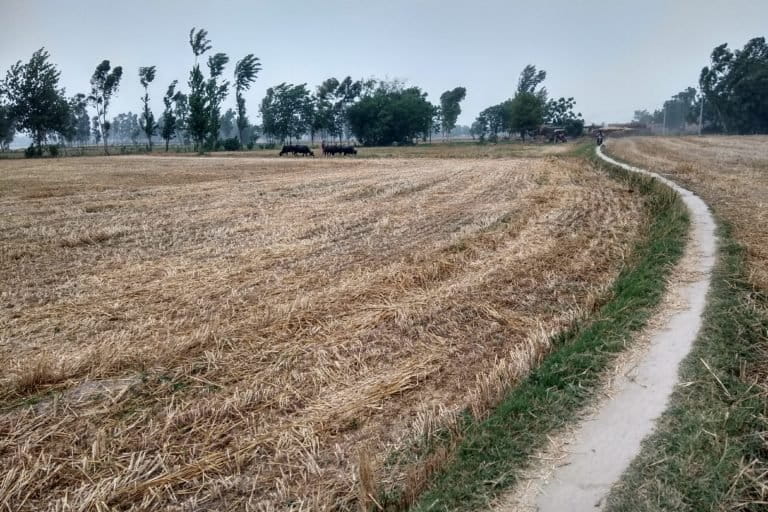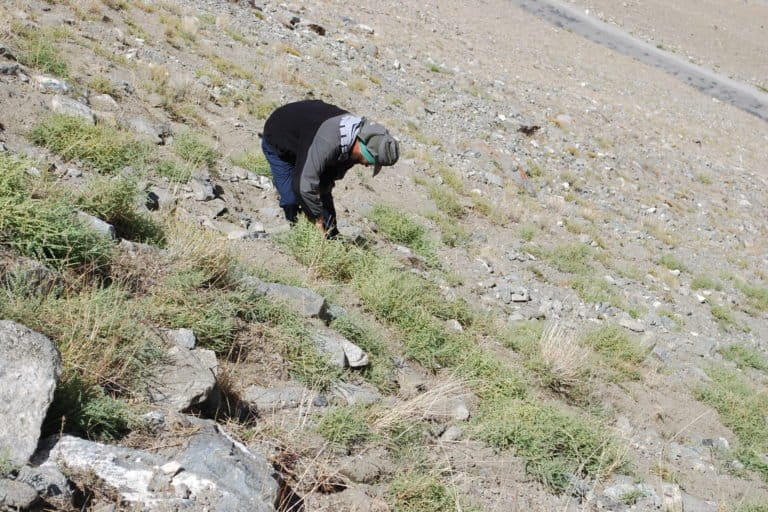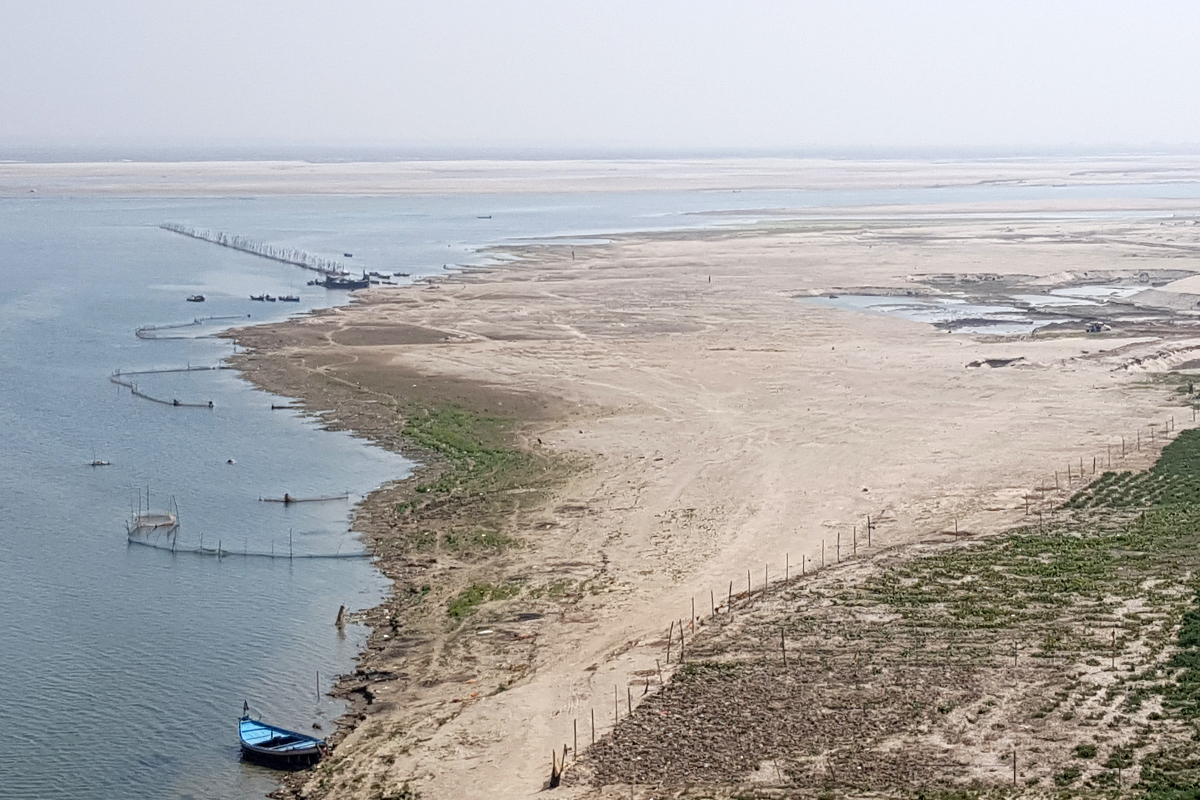This week’s stories rolled into one.
To receive a weekly email with a roundup of our stories, please sign-up to our newsletter.
Punjab farmers’ widows respond to apathy by standing in elections
Punjab farmers are trapped in a cycle of debt and on average, at least two farmers are committing suicide every day in the state since 2000, an estimate based on multiple reports.

Punjab’s groundwater stress drowns in election noise
If groundwater extraction continues at the current rate, Punjab will be a desert within the next 25 years, reports say.

Ganga is shifting away from Patna
The Ganga has moved 5-6 km away from Patna in the past 30 years. Apart from geogenic factors, sand mining and brick kilns are considered the major reasons for the shift.

Gollum surfaces in India: Scientists document the first underground snakehead fish
Scientists document the first underground-dwelling fish from the snakehead family, the Gollum snakehead, named after Gollum from JRR Tolkien’s epic novel ‘The Lord of The Rings’.

Demand for FRA implementation in the Sundarbans echoes in 2019 elections
Bureaucracy in collusion with local elites like fishery owners, agriculturists and local political leaders, have worked to deny forest rights to the tribal communities, research has suggested.

Creatures from Mumbai’s shore and their housing stories
Meet the denizens of the intertidal zone and their different homes in Mumbai’s prime real estate areas. The upcoming coastal road in Mumbai is a huge threat to the intertidal ecosystem.

When the grass was green: Todas of the Nilgiris long for their lost grasslands
The Todas depend on grasslands to graze their unique breed of buffaloes, sacred to them. Timber plantations have decimated the grasslands, forcing the Todas to give up their pastoral lifestyle.

Pepsico vs farmers: Plant varieties cannot be patented, say legal experts
The food giant had filed cases against nine potato farmers in Gujarat for infringement on a variety of potato registered by Pepsico. The cases were formally withdrawn last week.

Scientists seek help from wheat’s wild cousins to sustain high yields
Scientists from the National Bureau of Plant Genetic Resources have collected several wild species related to wheat, containing valuable stress-resistant traits, from the Kashmir region.

A new species of venomous pit viper from Arunachal
Wildlife researcher Rohan Pandit and teammate Wangchu Phiang first stumbled upon the species during a biodiversity survey in Arunachal Pradesh.

